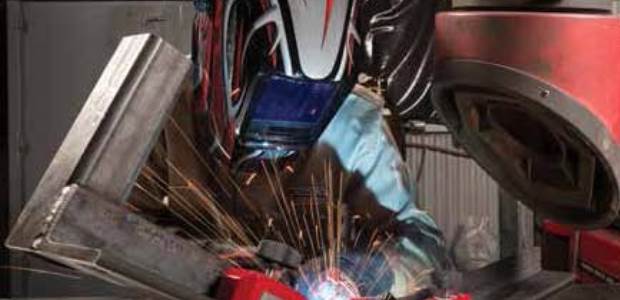
By John Petkovsek
The welding arc creates extreme temperatures and may pose a significant fire and explosion hazard if safe practices are not followed.
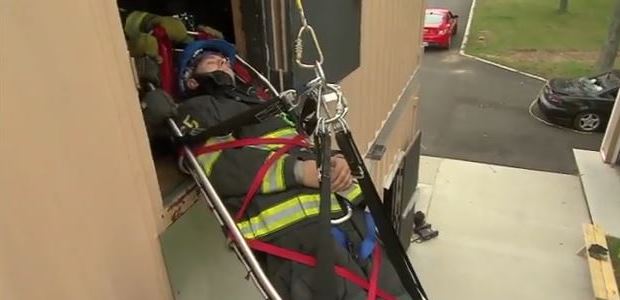
By Jeff Wild
Standards should be the basis for any employer's fall protection and rescue program.
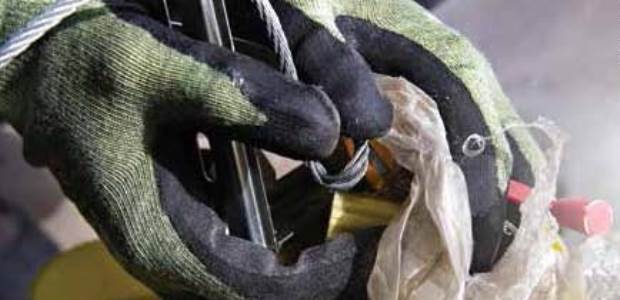
By Julie McFater
Not considering the whole picture (which includes comfort and adoption) results in a lack of compliance and, therefore, increased injuries.
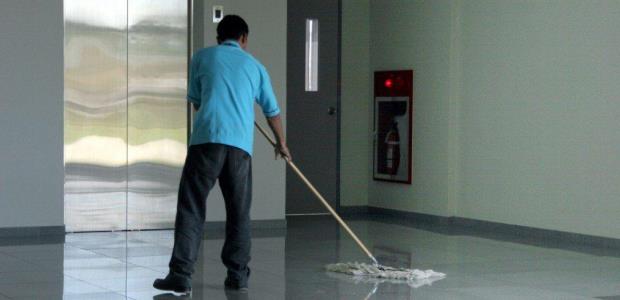
By Linda J. Sherrard
Make decisions that work. If you have an area with a slick floor, look at a range of solutions and whether additional problems will be created by solving one.

By Jamie Friedlander
Airborne pathogens are not only highly contagious, but also they can put a workforce completely out for weeks at a time.
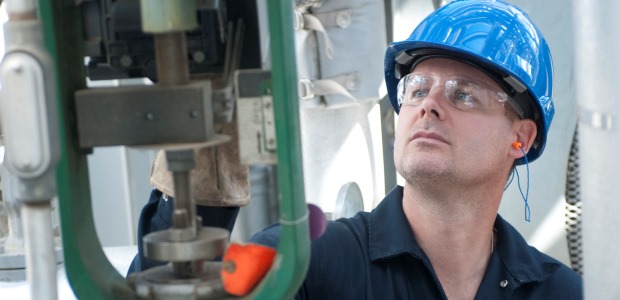
By Dave D. Wagner
Regularly looking at data that tells how gas monitors are being used can show where there may be gaps in training and where there may need to be policy changes that lead to safer work practices.

By Jeff A. Woodin
Part of the challenge is that risks of injury change as kids develop their skills and become more independent.
By Jerry Laws
Neither federal nor state regulations currently apply to the above ground storage tank that leaked into the Kanawha Valley's water supply.
By
Roles, responsibilities, and results expectations must be clear, situational, measurable, and focused on closing specific gaps.
By Robert Pater
Hero-leaders use the Underworld stage as a personal springboard to pave the way for a true change in outlook and actions.